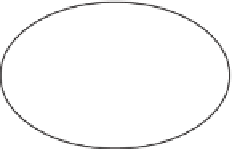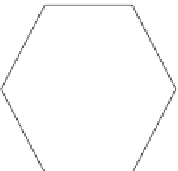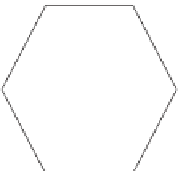Agriculture Reference
In-Depth Information
Box 12.1 (
cont.
)
(b)
Grassland / shrubland
mosaic
Closed-canopy chaparral
Grass leads to
repeat fires with
reduced intensity
that enhance
alien seed
survival
Accelerated
fire frequency
Short interval
between fires
Proximity of
annual grass
propagules
Canopy opens due to
loss of seedling
recruitment and
diminished
resprouting
Fig. B12.1.1
(cont.)
vulnerable to grass invasion that works on a very different principle.
MTC shrublands are sensitive to short fire intervals as many postfire
seeder species are dependent on a sufficient number of years (5-15 yrs)
between fires in order to reach maturity and replenish seedbanks (Zedler
et al.
1983
; Jacobsen
et al.
2004
). Under a frequent fire regime, annual
grass invasion is promoted because these grasses can invade rapidly and
produce flashy fuels that promote reburning. If a repeat fire occurs before
shrub canopy closure, the lower shrub biomass leads to lower fire inten-
sity, which promotes survivorship of annual grass seeds that are typically
exposed on the soil surface (Keeley
et al.
2005d
). Type conversion of
shrublands to grasslands in turn decreases water-holding capacity of the
soils (Williamson
et al.
2004
), further adding to persistence of annuals.
With each succeeding short-interval fire the shrub canopy becomes sparser
and annual grasses and forbs spread and further increase probability of
repeat fires.


































